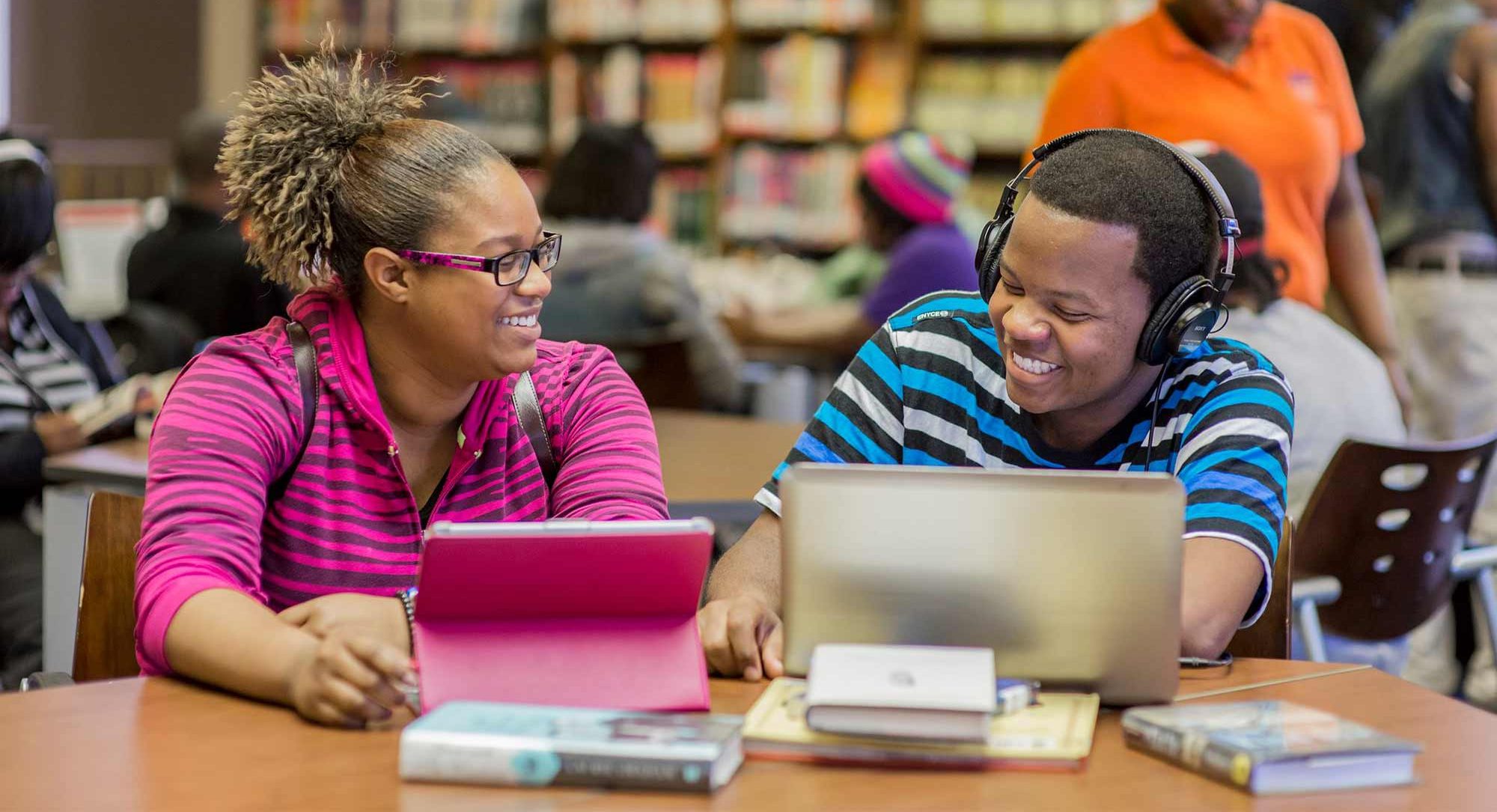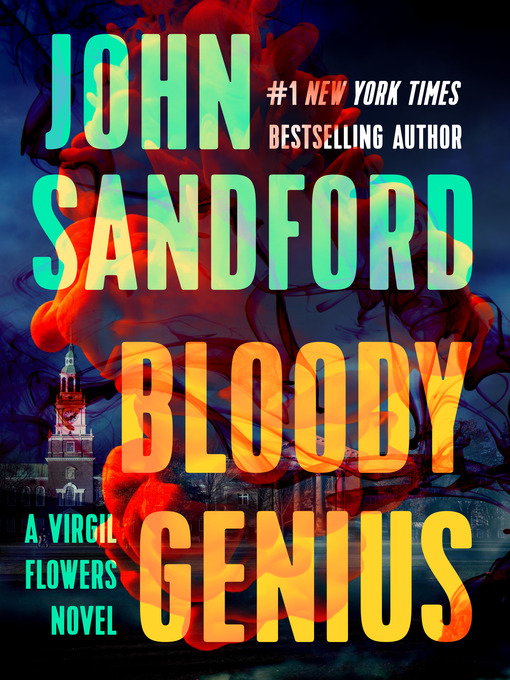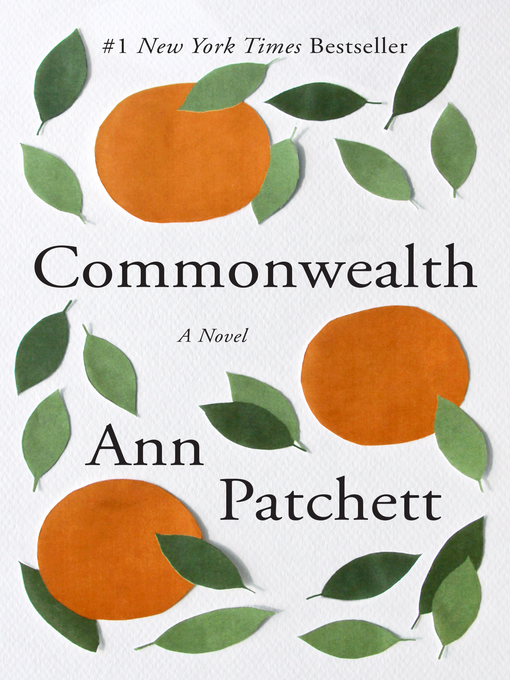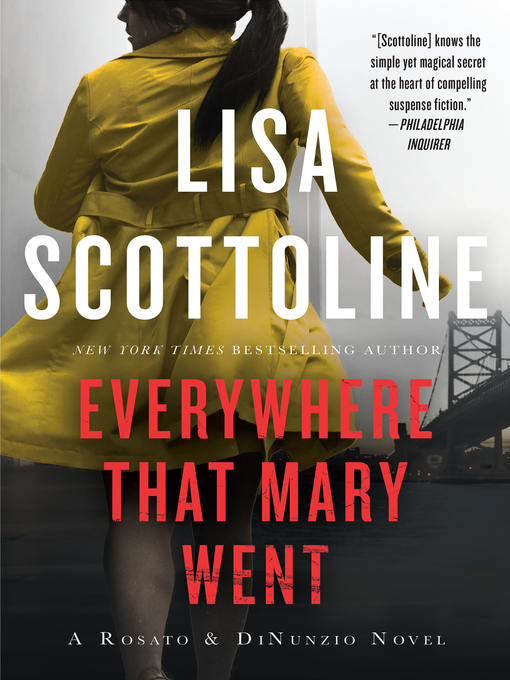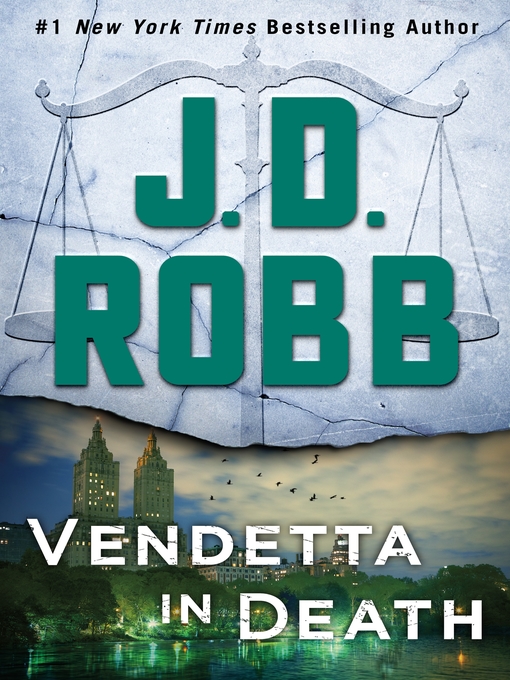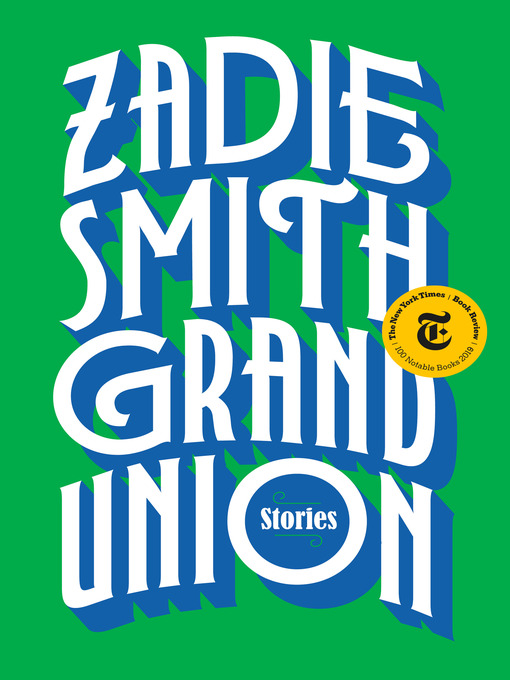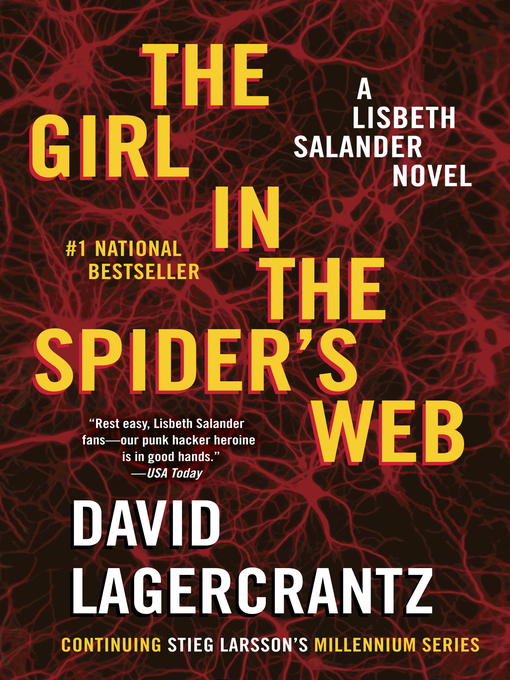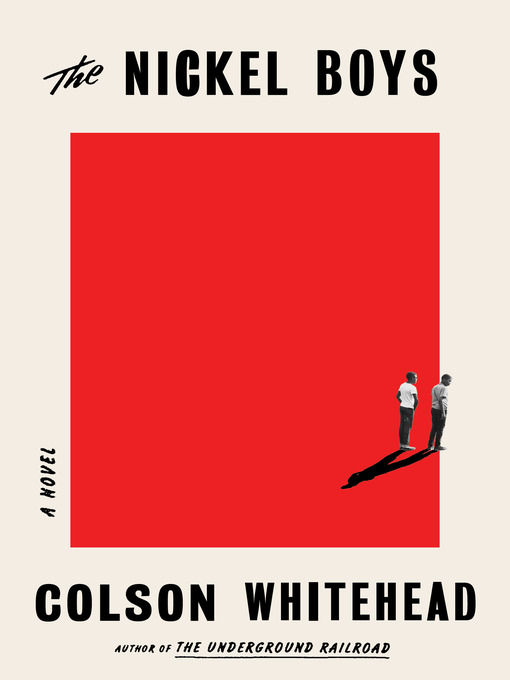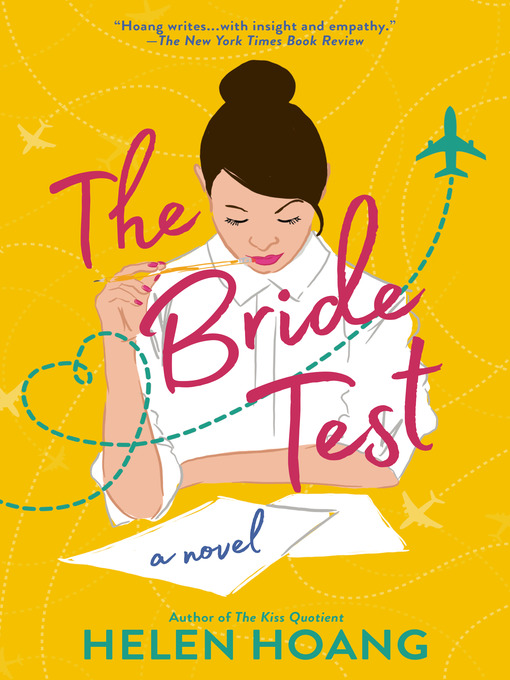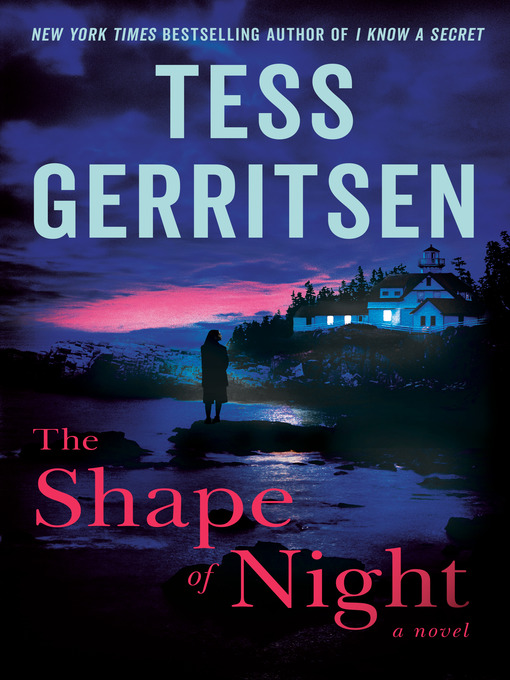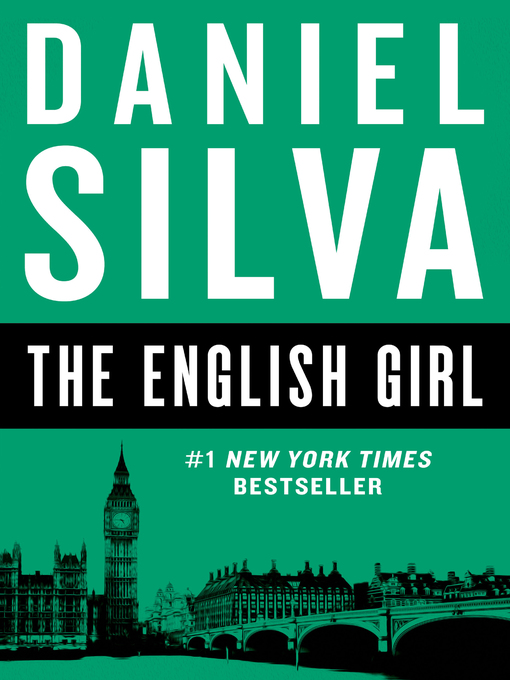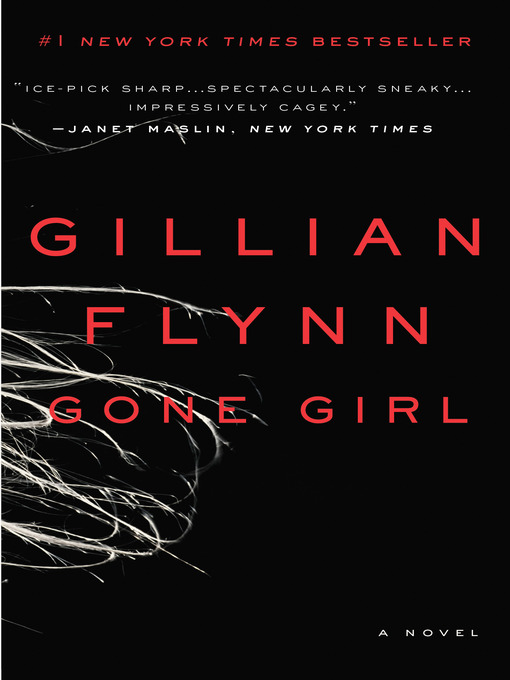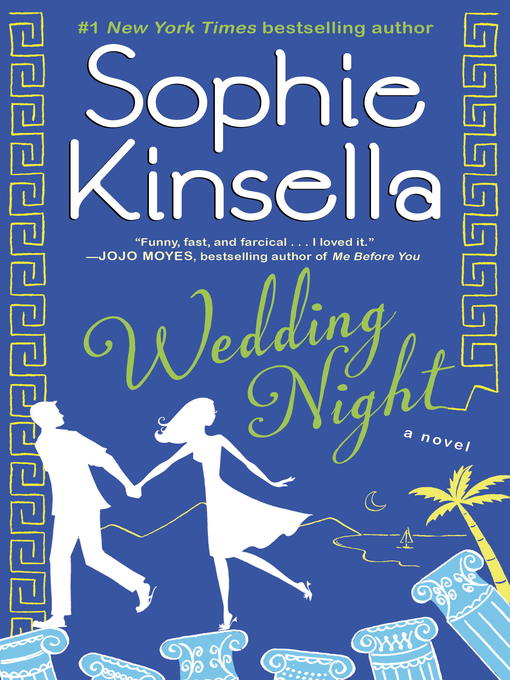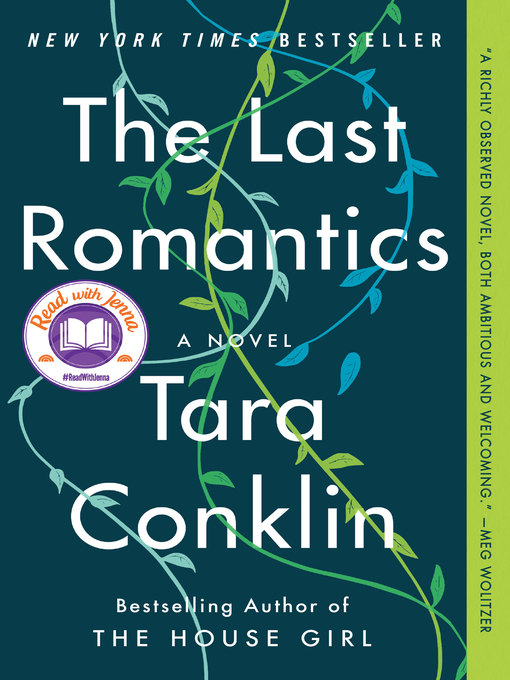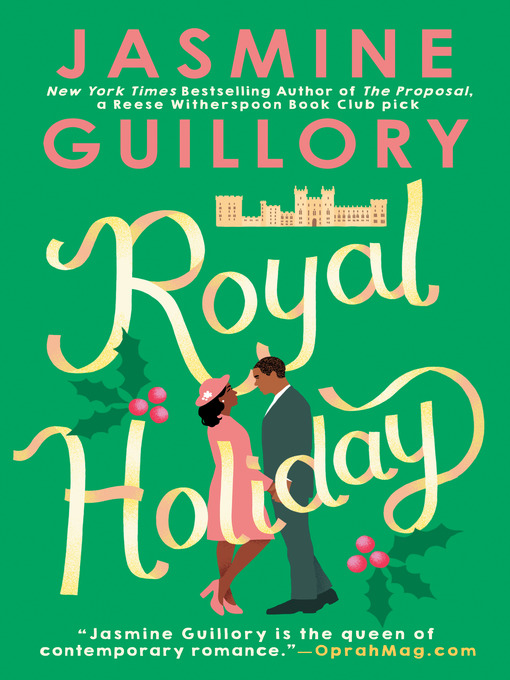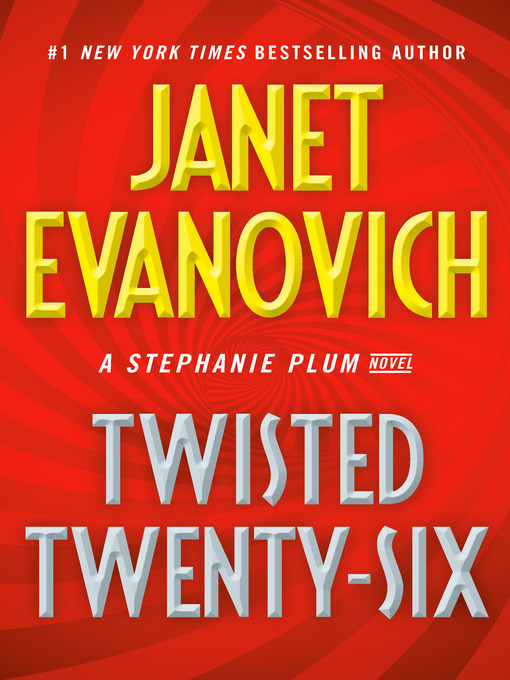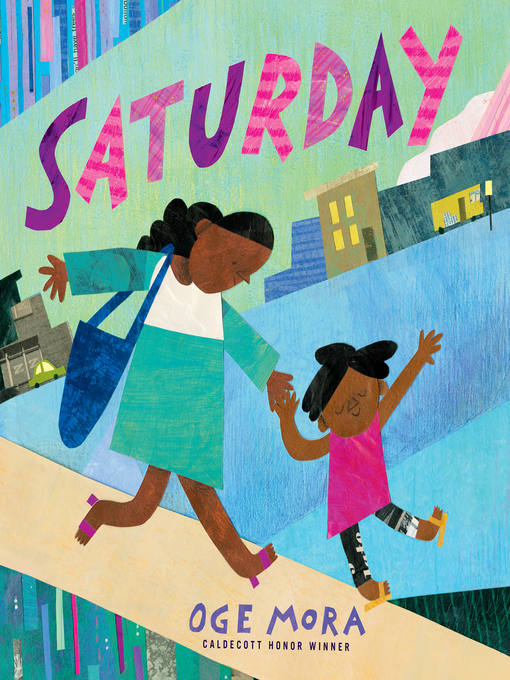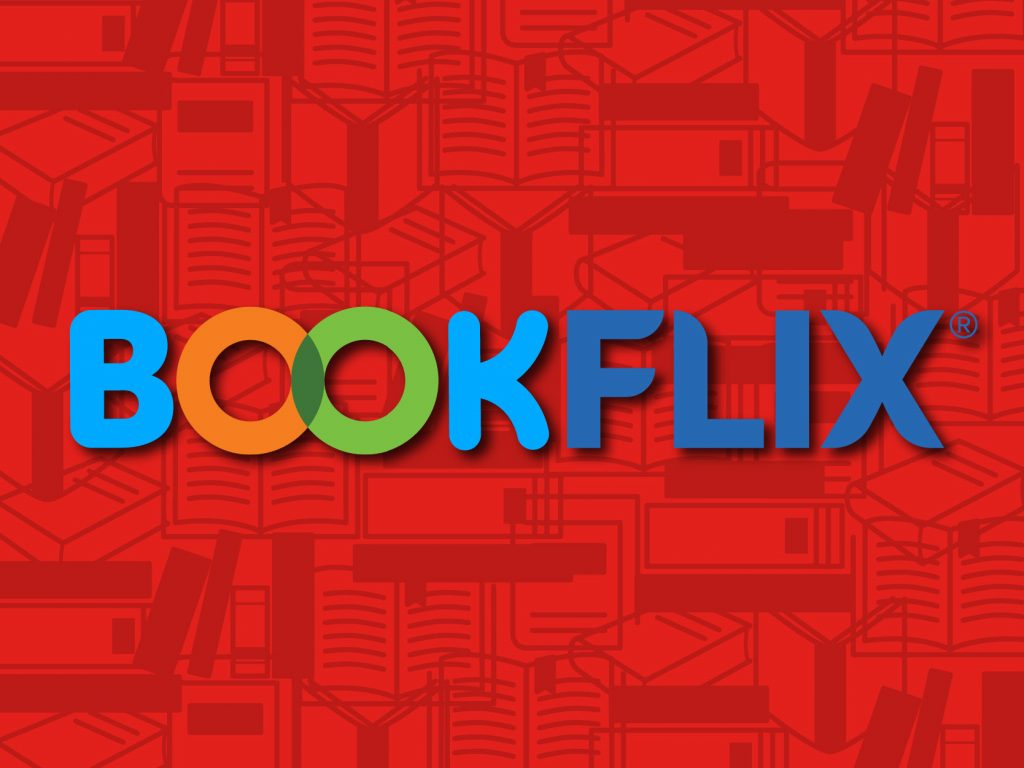Kimberly Day, Manager of the Earl Teen Center

Hey everyone! You’re out of school right now, but that doesn’t mean you have to let your studies slip during these strange times. Plus, it helps to have something to think about other than the news, right? Well, we are here for you!
Working on your school packet and stuck on a math problem? Trying to write a paper for English class and need help organizing your thoughts? Or just want to up your score for the SAT or GED test? We’ve got your back, and we pay for it, so you don’t have to!
Log on to the HelpNow (Brainfuse) resource on the prattlibrary.org site for free, online, and live one-on-one help from experienced and vetted tutors. All you need is your library card number. Don’t have your physical library card? Just sign up for an eCard and get instant access to all of our online resources (be sure to choose “digital” from the “your library” choices).
Students in elementary, middle, and high school (and yes, adults too!) have free access to many online study resources every day from 2pm-11:55pm.
What can HelpNow do for you?
Once you log in, you can choose which direction you’d like to go. Need one-on-one help with something? Choose the “Live Tutoring” option. Want to send in a question but you don’t need immediate help?
Choose “Send Question” and get a response from a tutor within 24 hours. Want to see how the rough draft of your paper looks? Submit it to the “Writing Lab,” and get a detailed analysis by email. Then, connect with an online tutor for further help. Want to put a study group together, but can’t because of “social distancing”? Set up a session in “MEET,” and collaborate on projects, study for tests, and more! You can also get help for all major college prep and GED tests, or just discover the right career and/or college major for you!
There is so much this resource can do, but you’ll have to see for yourself! For teens who need book recommendations (or help with anything else), please feel free to email teen@prattlibrary.org, and your Teen Librarians will help you out with that! Of course, they will need to be eBooks, or Audiobooks right now, but hey! We provide those for free too!
